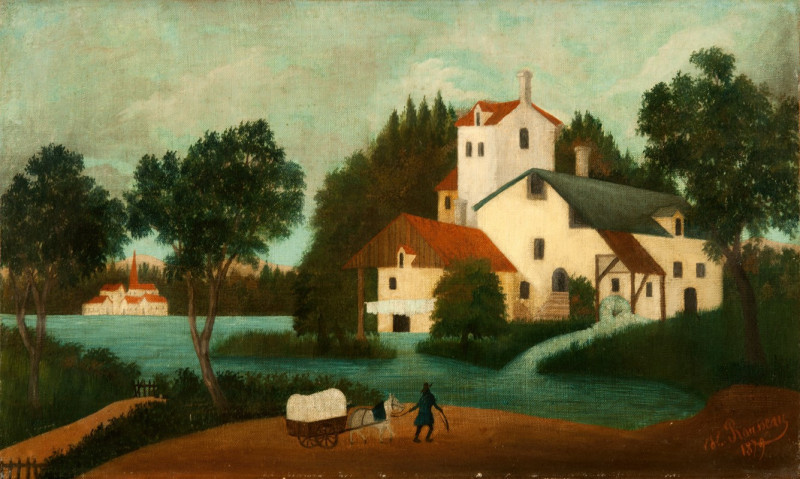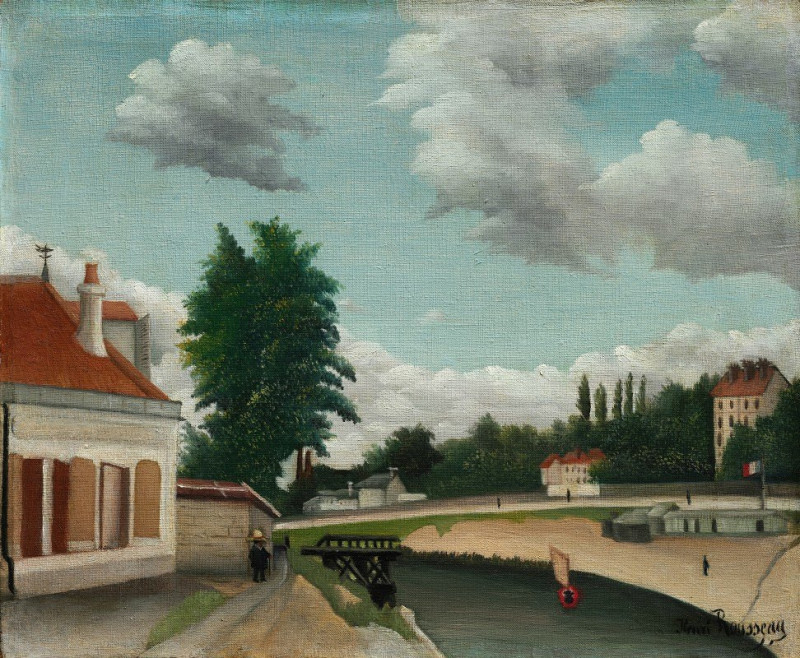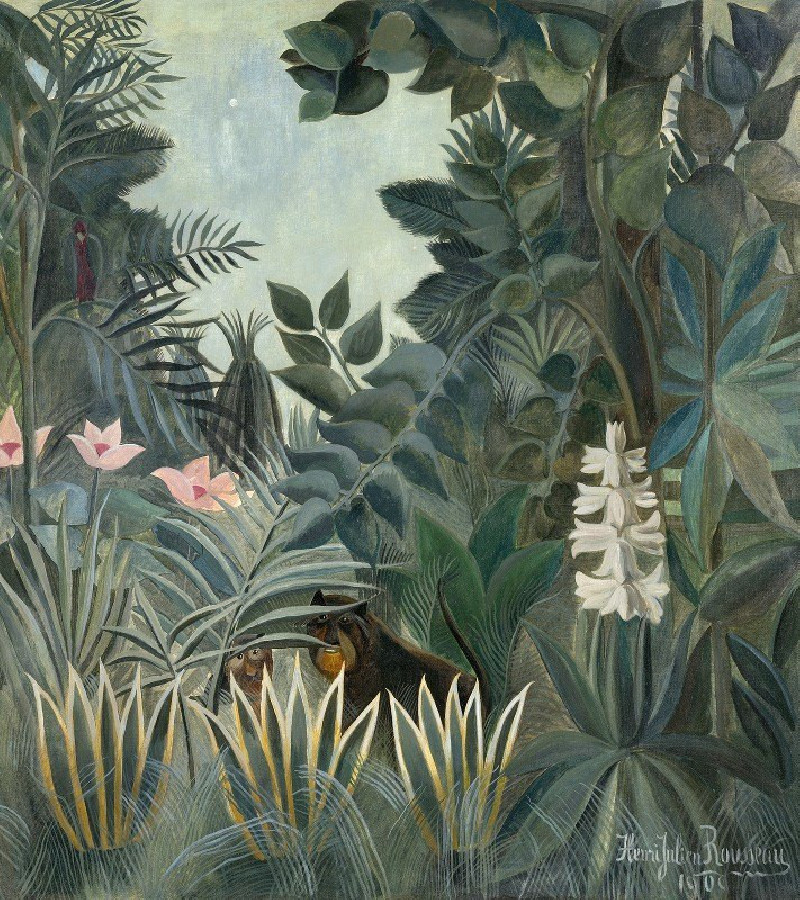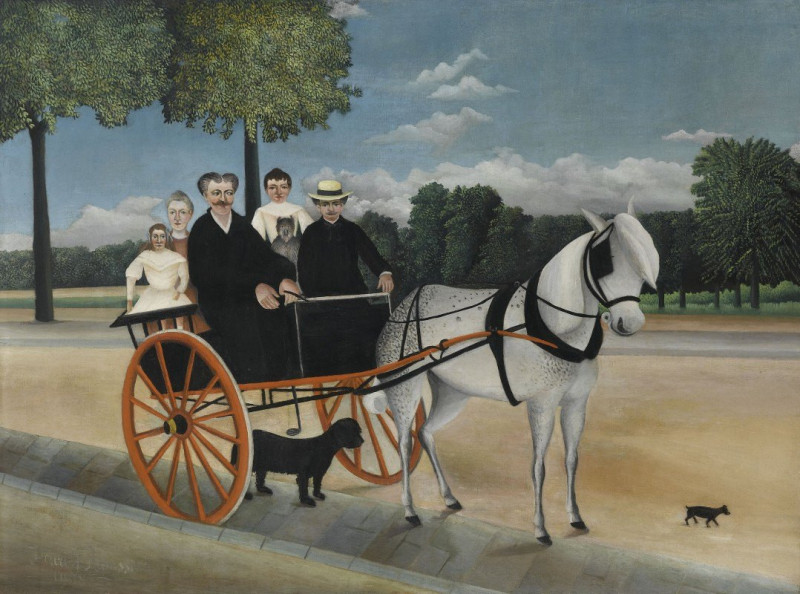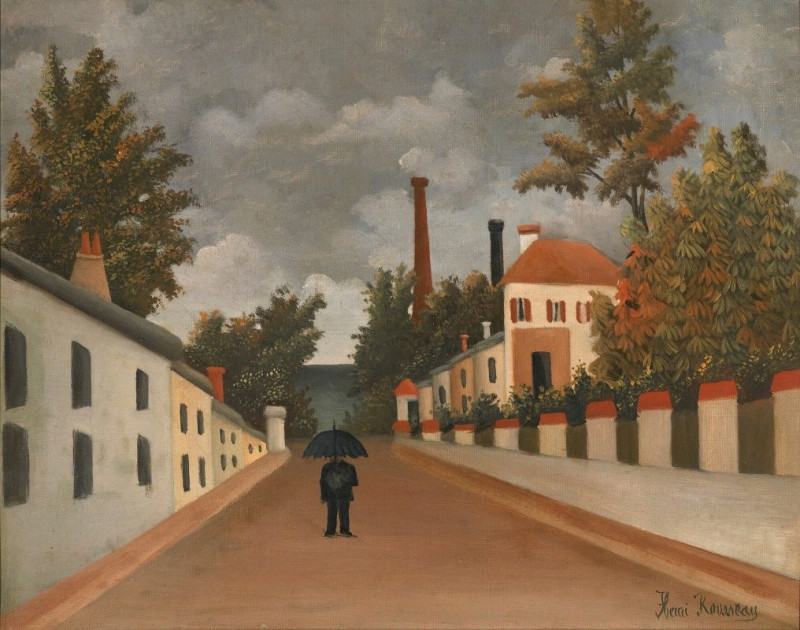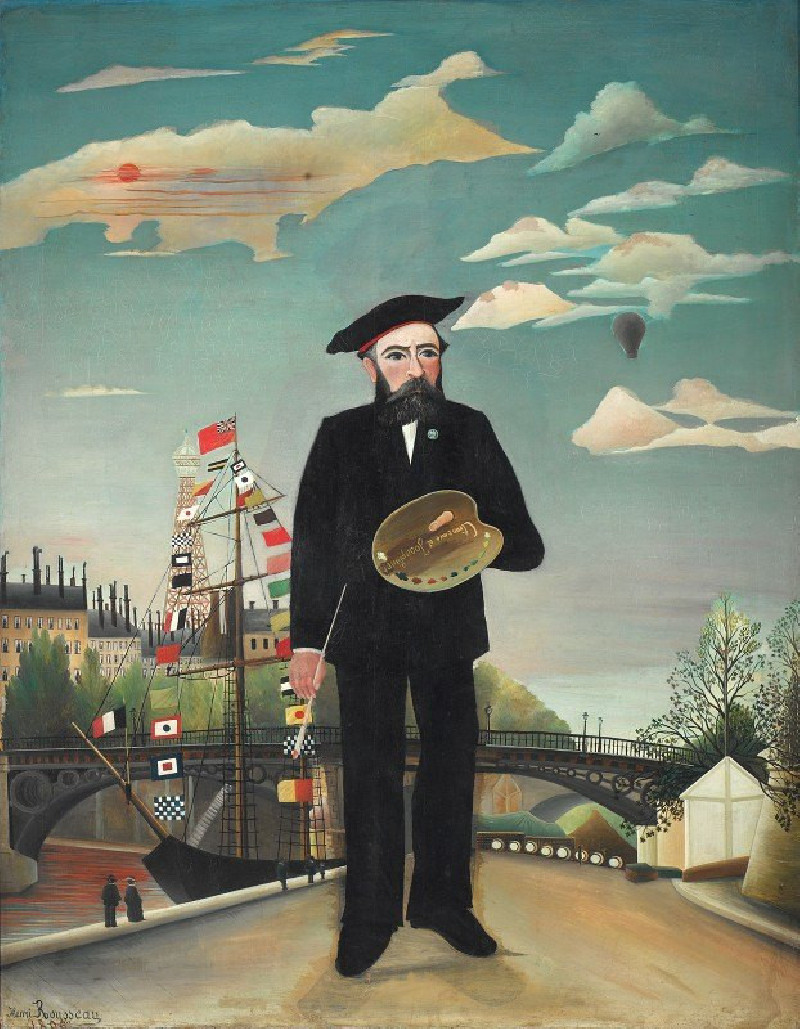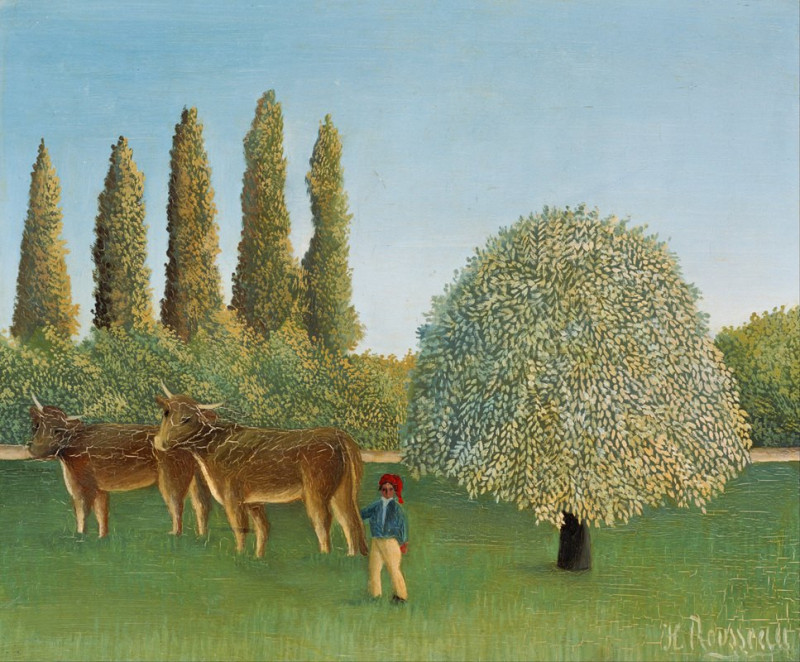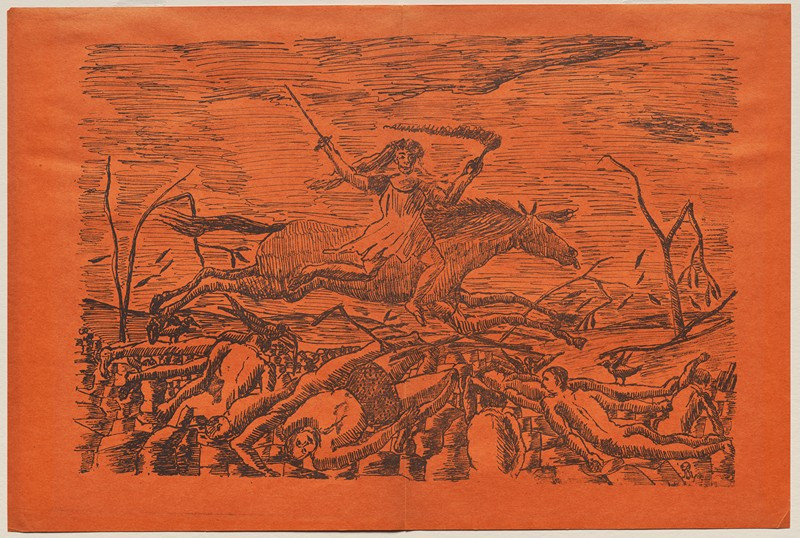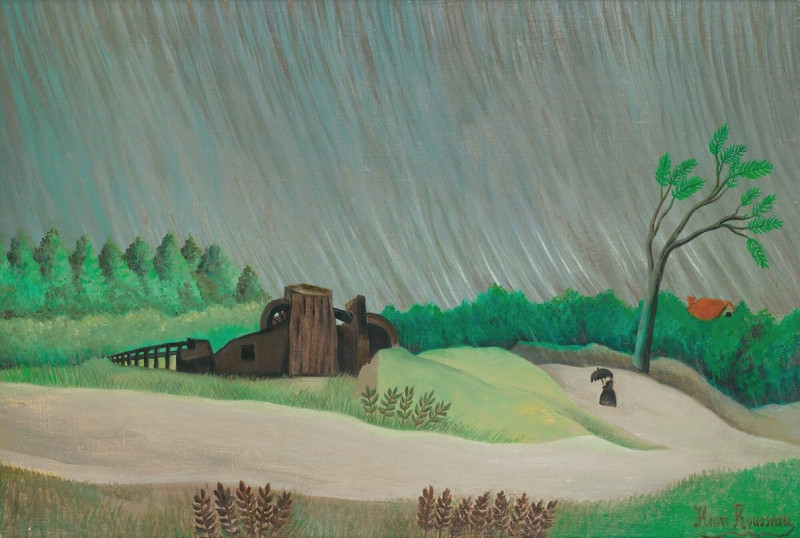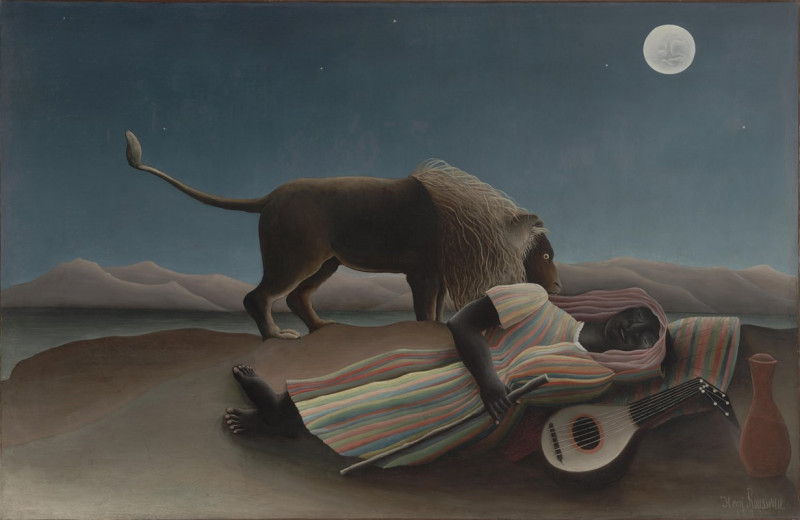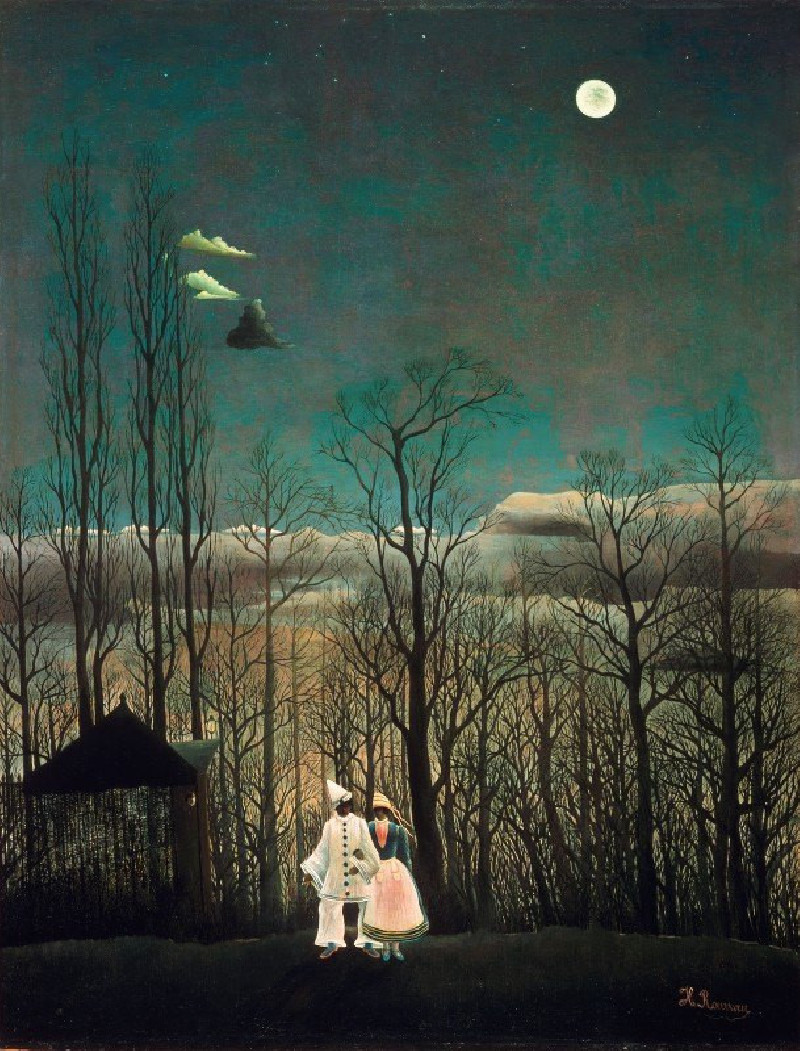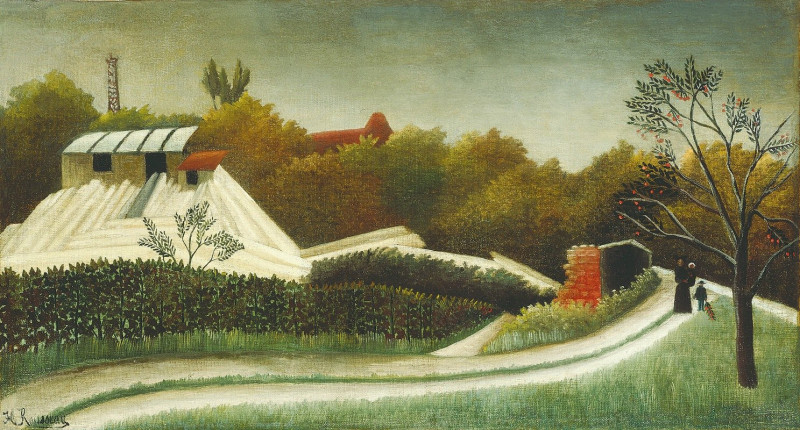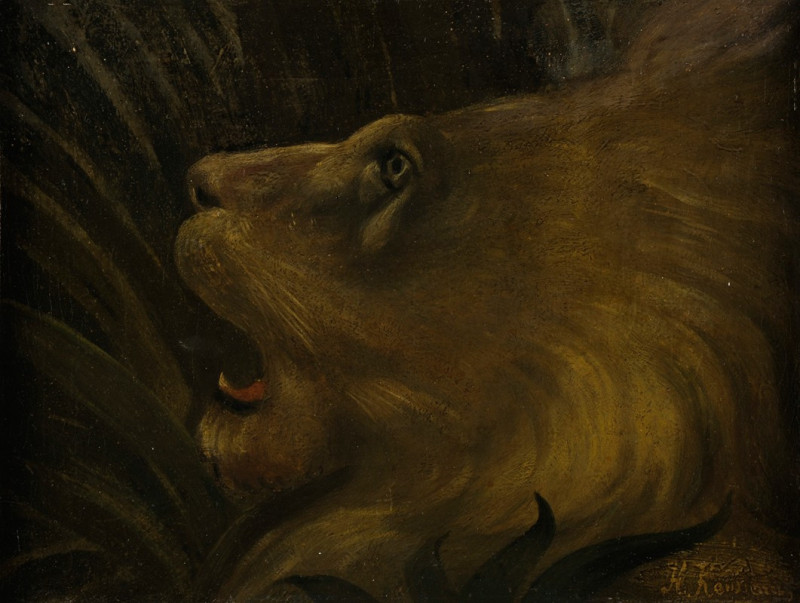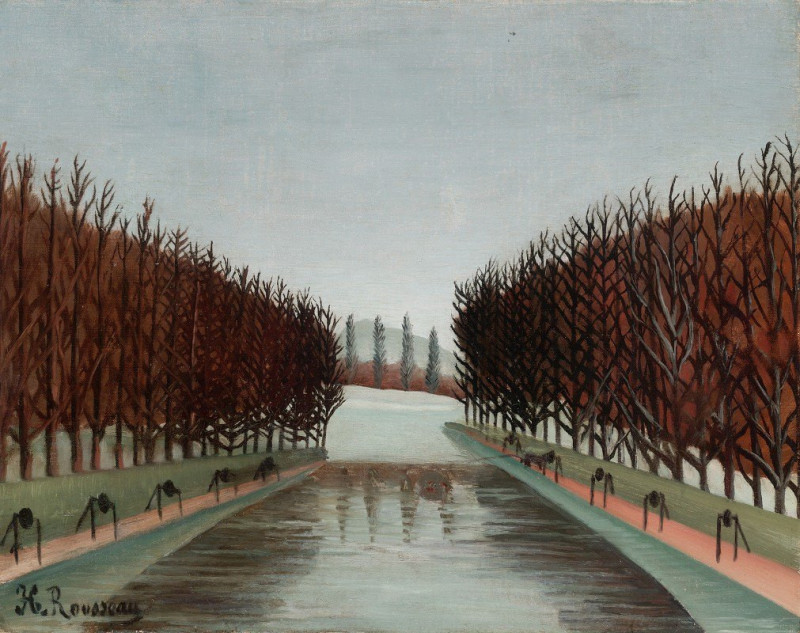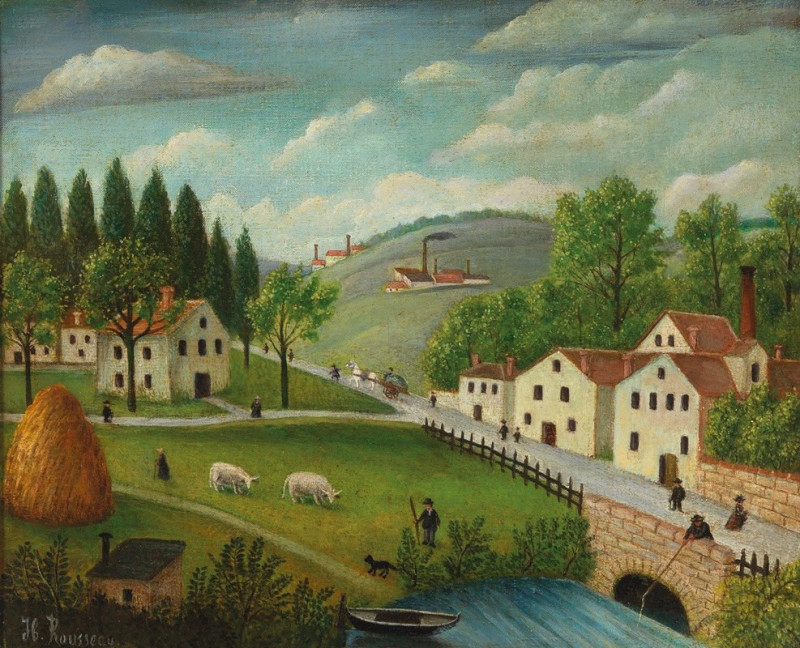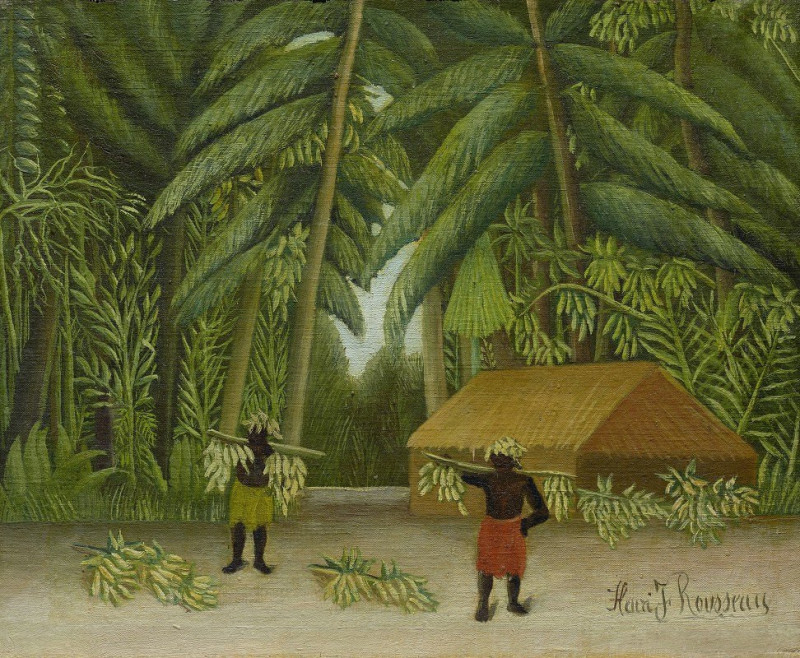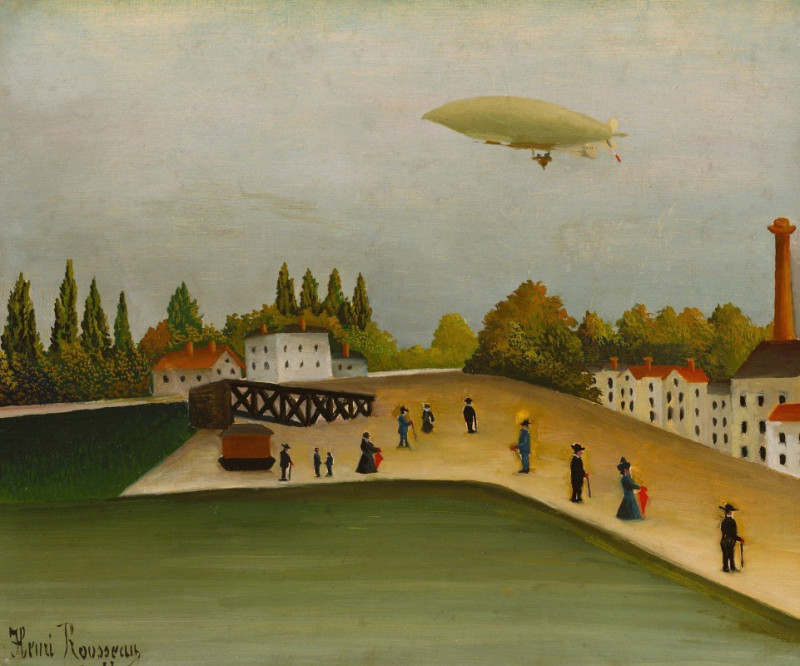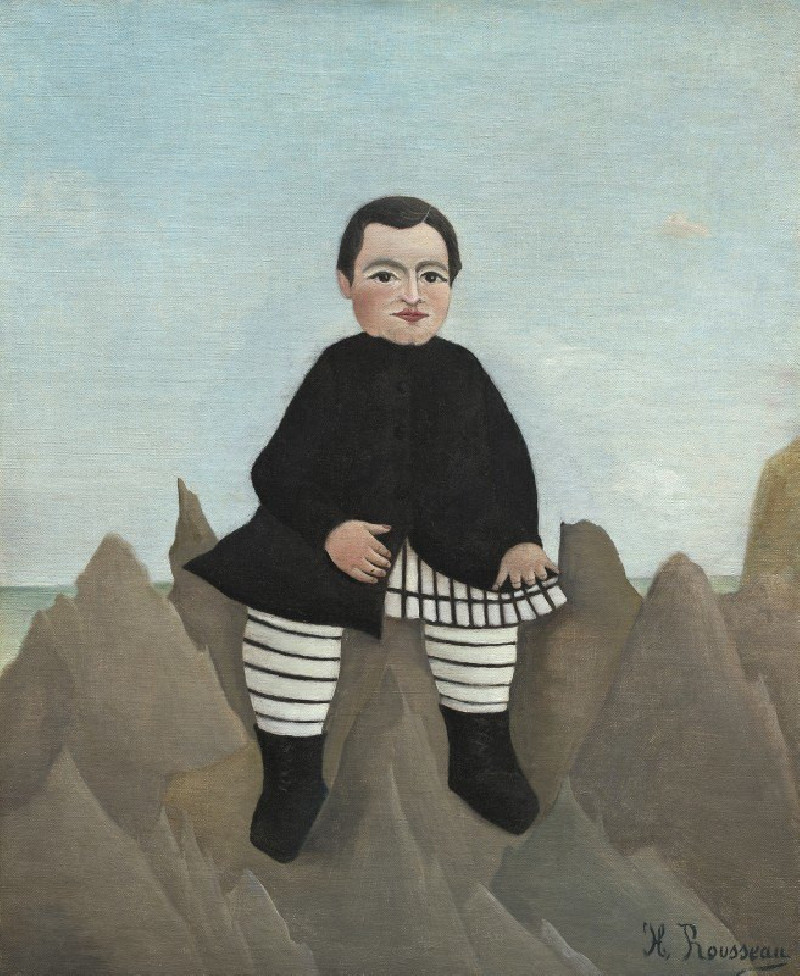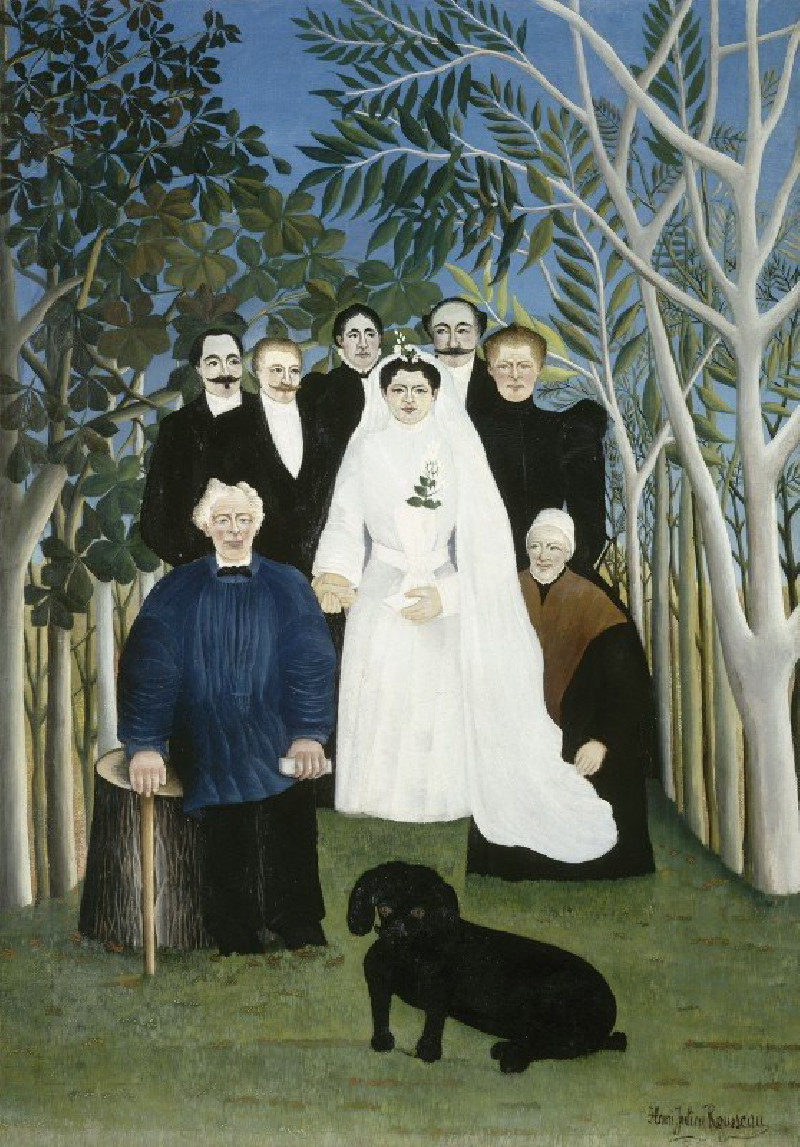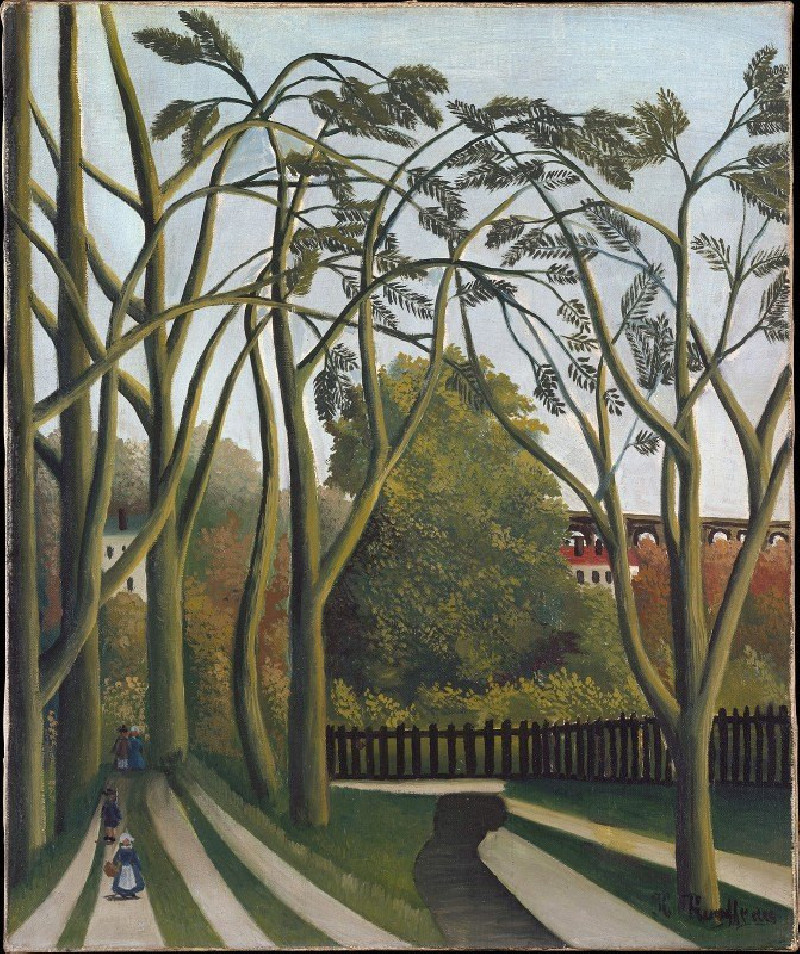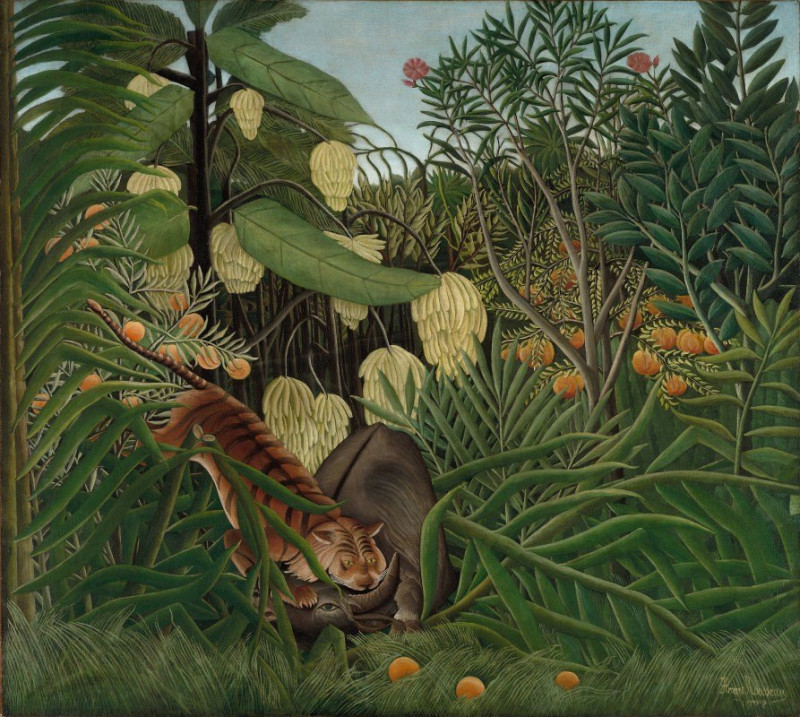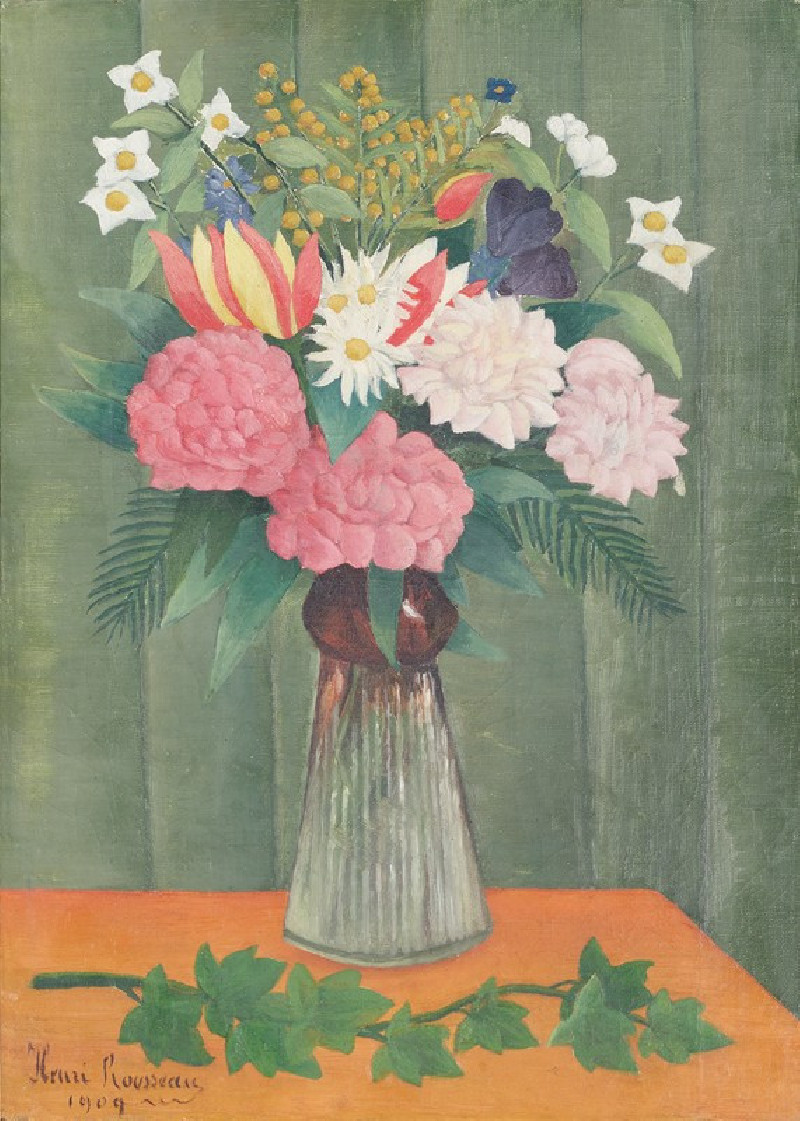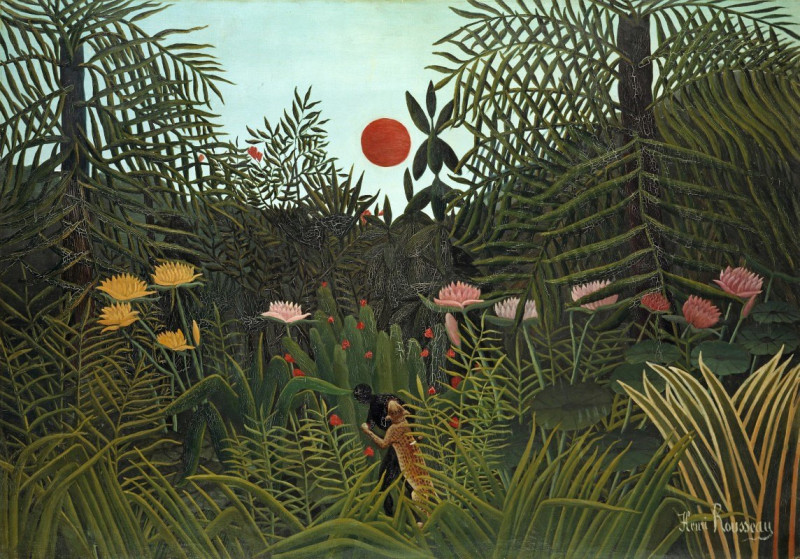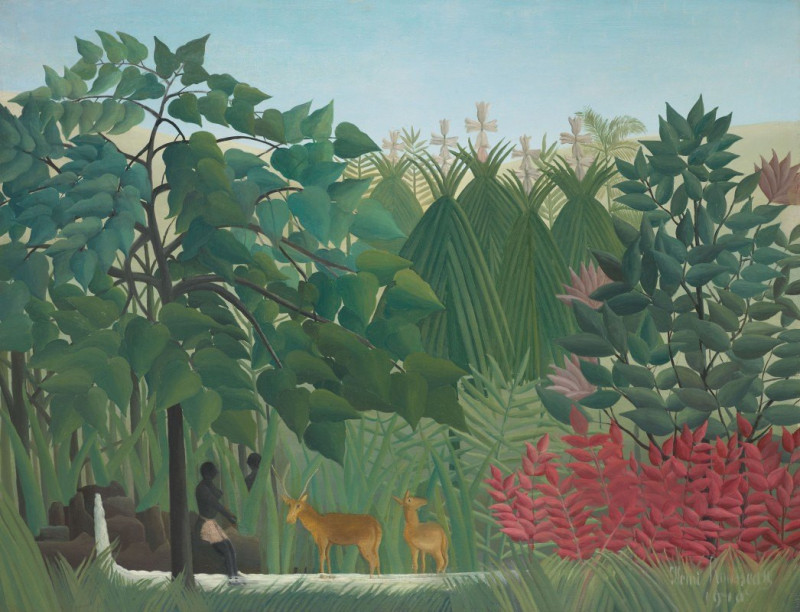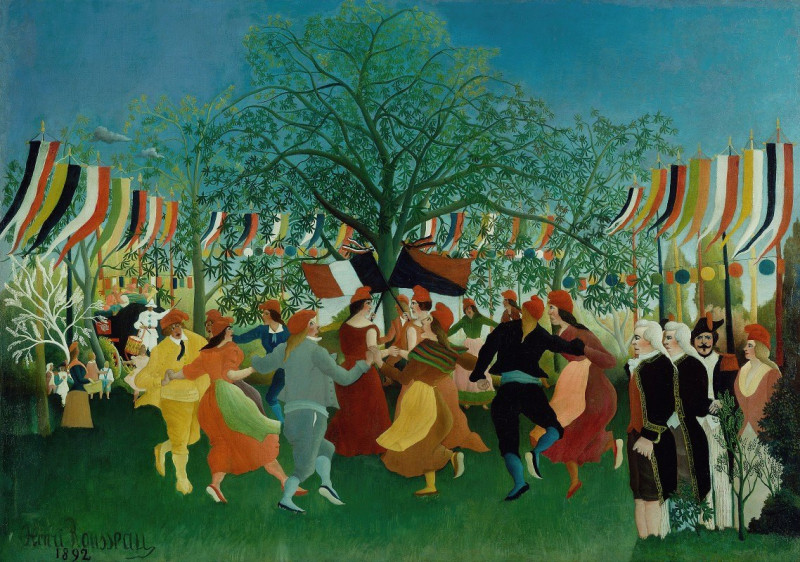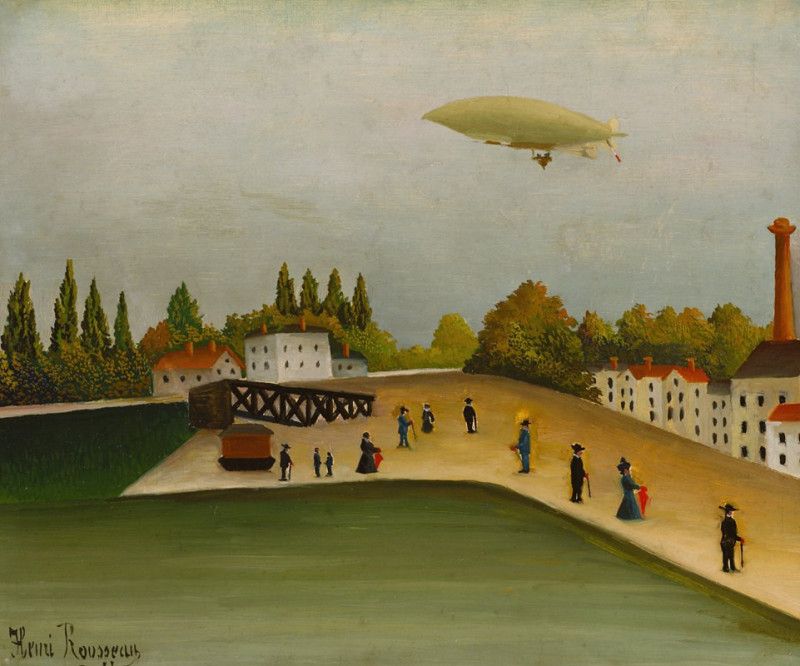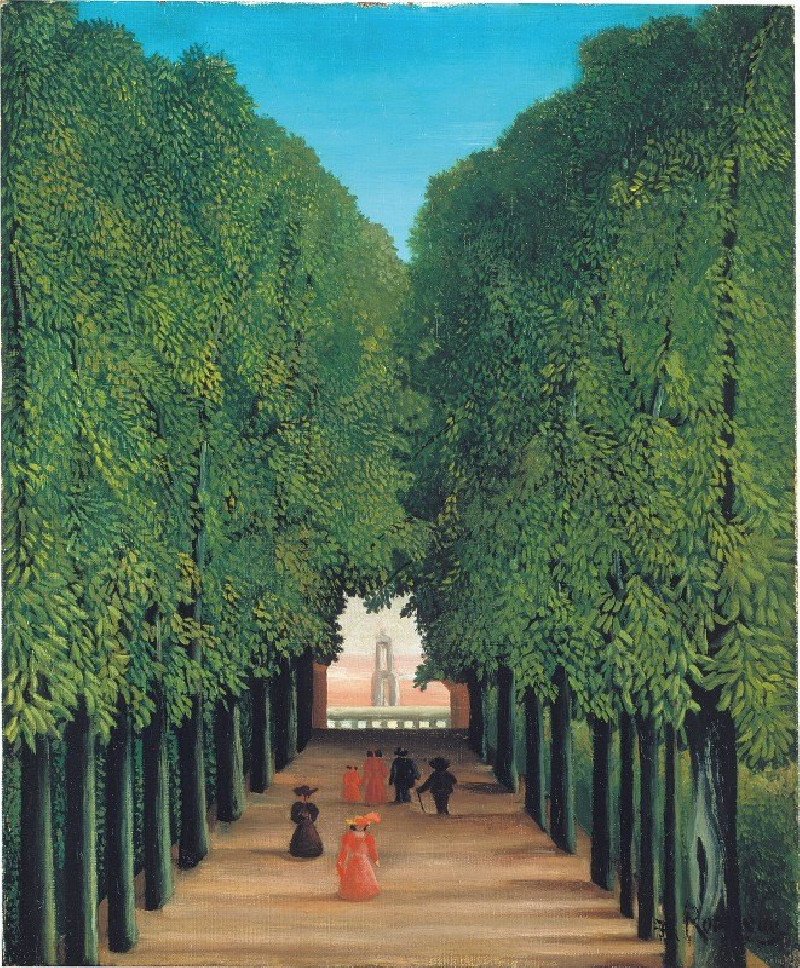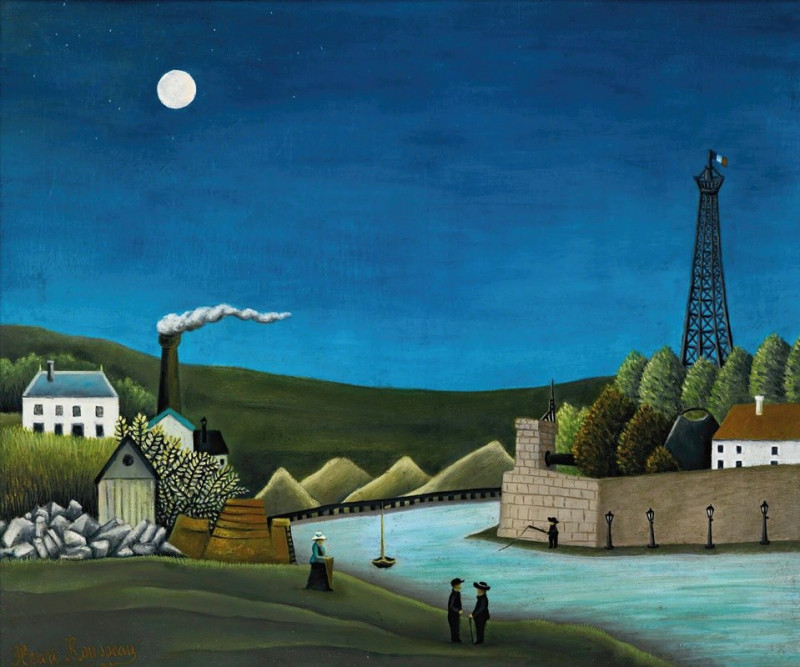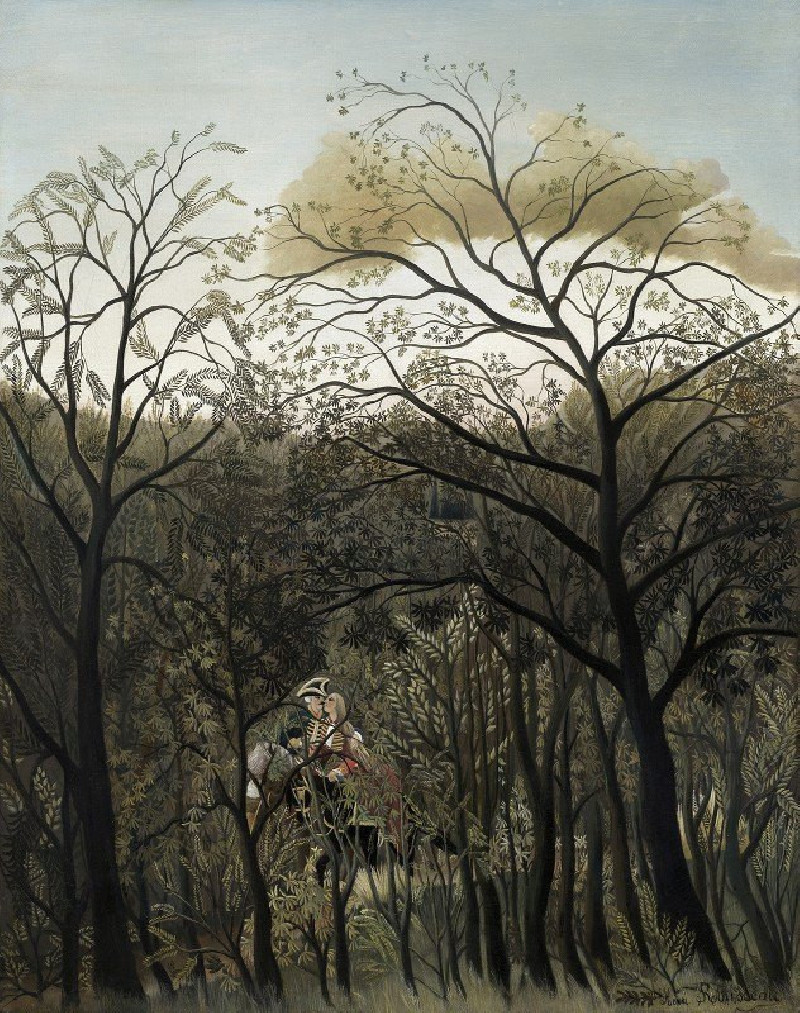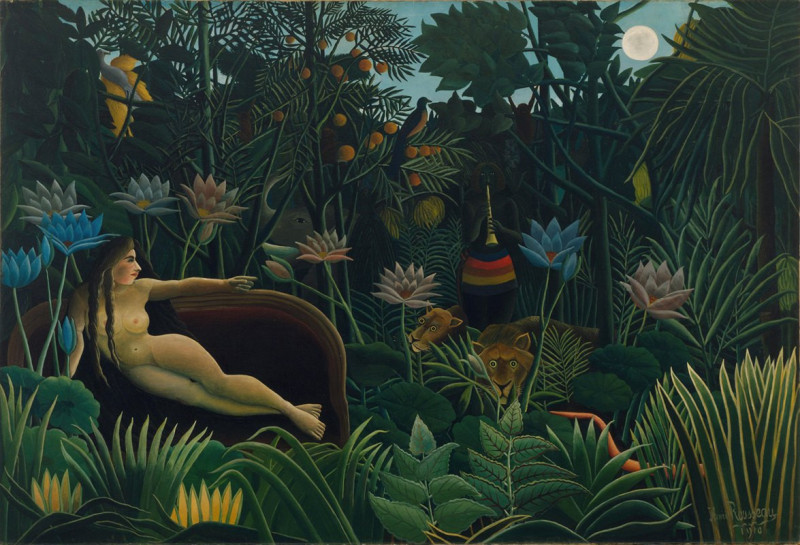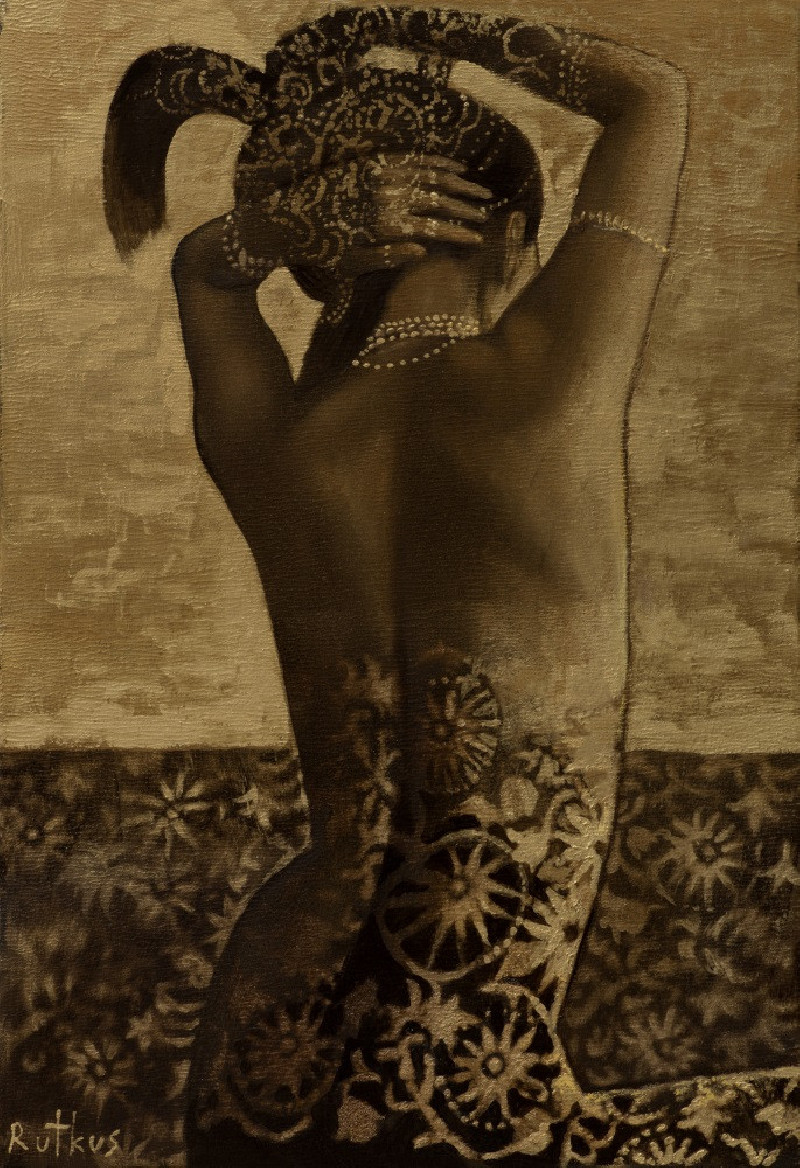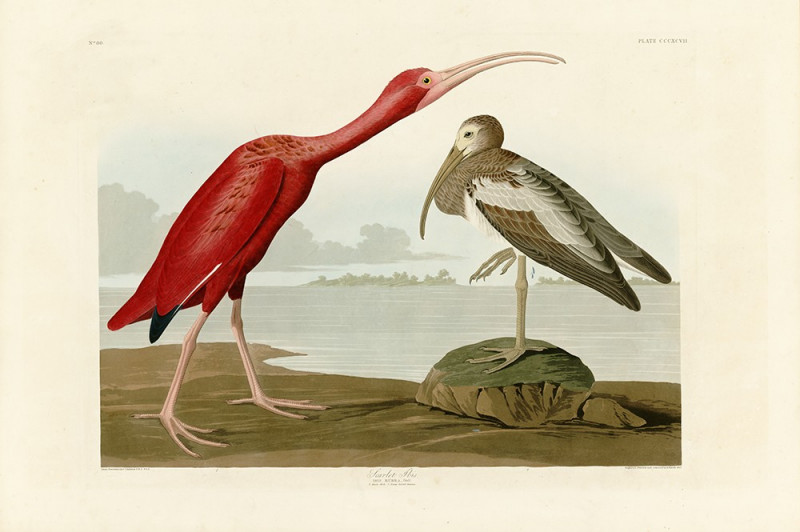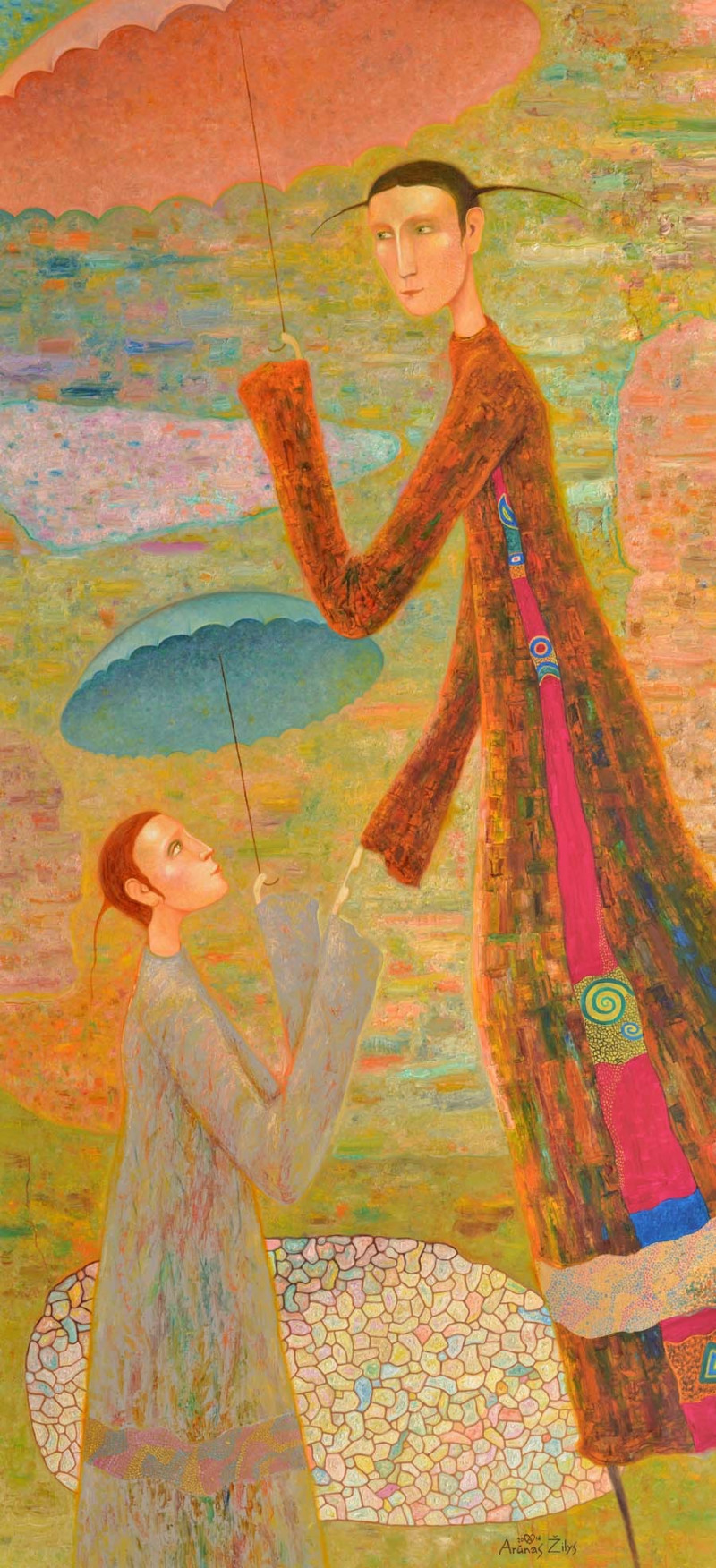Landscape with Watermill (1879)
More about this artwork
Delivery
Reproductions are made to order and take 5 to 7 working days.
We send them out by courier and delivery takes another two working days.
If you need a reproduction sooner, please contact us - we can usually find a solution and produce it a little faster.
If you don't want to pay for postage, you can pick up your paintings at our galleries in Kaunas or Vilnius.
Returns
Yes, reproductions can be returned.
If you have any doubts more than 30 days after the date of purchase, please contact us - we will take the reproduction back for a refund or offer you a replacement!
We accept a maximum of two returns per customer - please note that we make reproductions to order, so please choose responsibly.
We do not refund shipping expenses.
Despite never attending a formal art school, Henri Rousseau (1844–1910) is wildly recognized as a self-taught genius, who left a lasting legacy to the avant-garde movement. Rousseau practiced painting and drawing by copying artworks in the art museums of Paris in his spare time. Since he never studied anatomy and perspective at an art school, he developed a unique artistic style known as 'Naive' or 'Primitive'. His paintings are often depicted in a childish or dreamlike manner with their vivid colors, ambiguous spaces, and non-realistic scale. Most of his signature paintings portray wild animals or human figures in the jungle. His artwork was not accepted by the conservative critics so he became a member of the Parisian artistic and literary avant-garde movement where his works extensively influenced several generations of avant-garde artists and surrealists.

